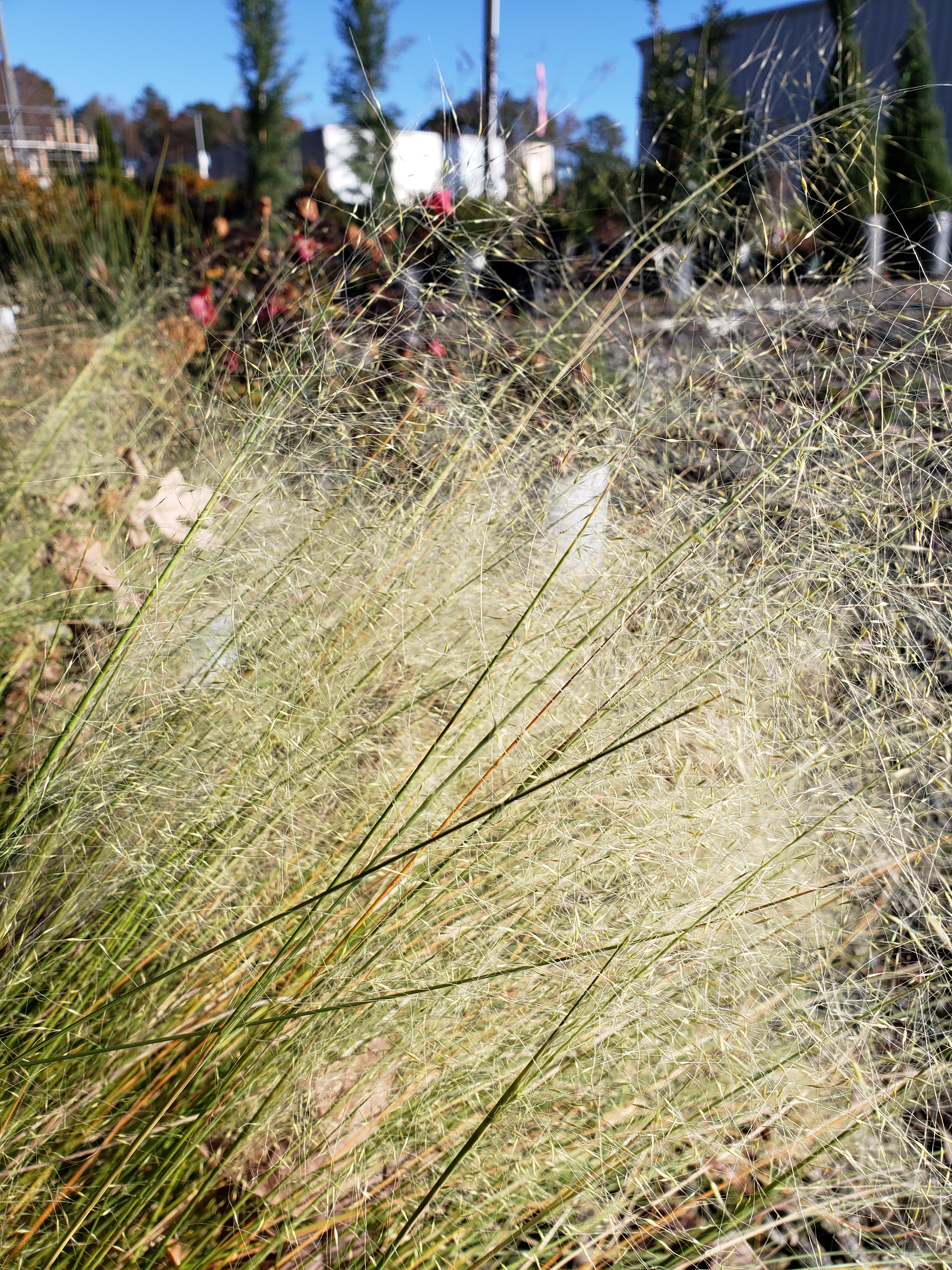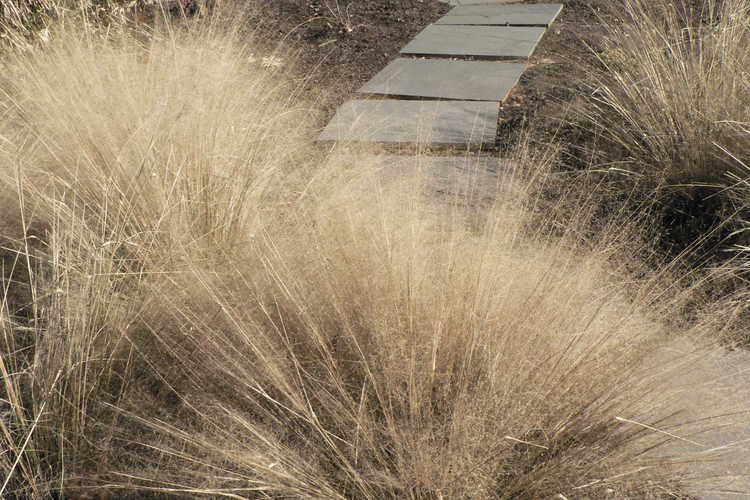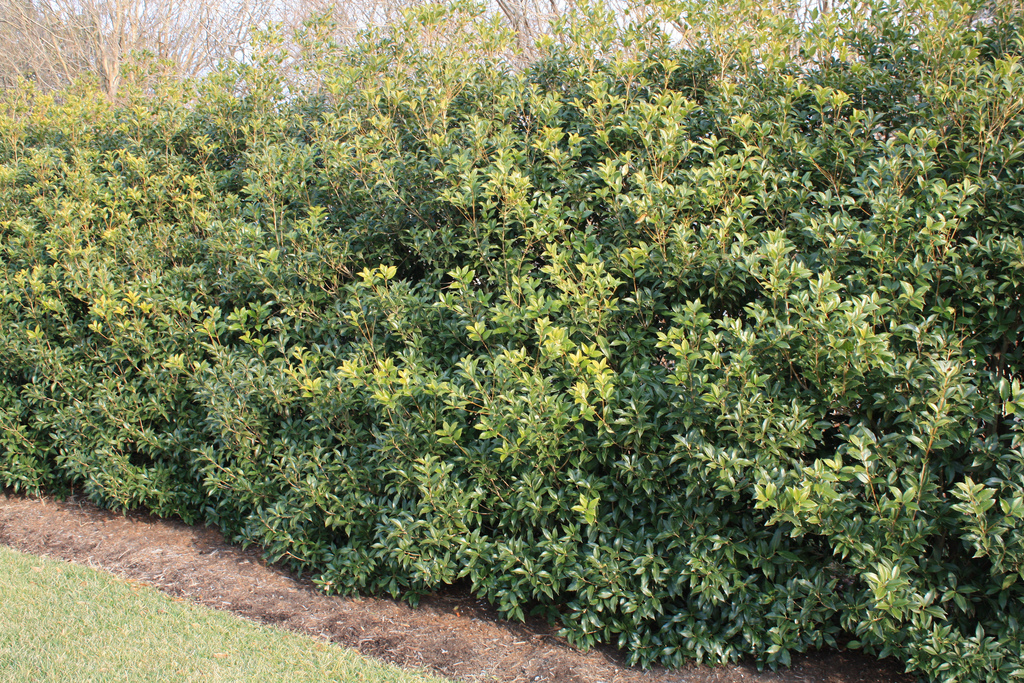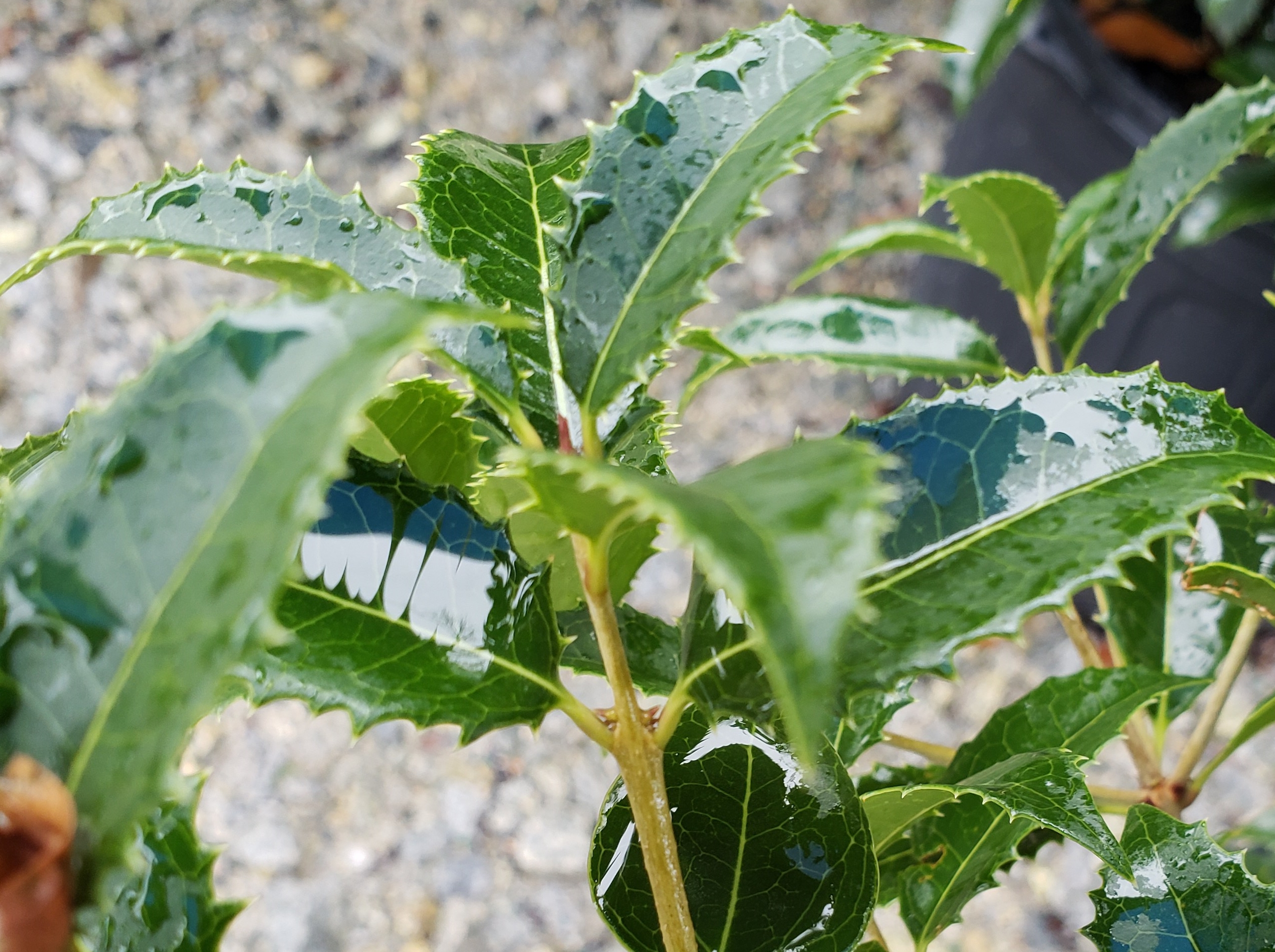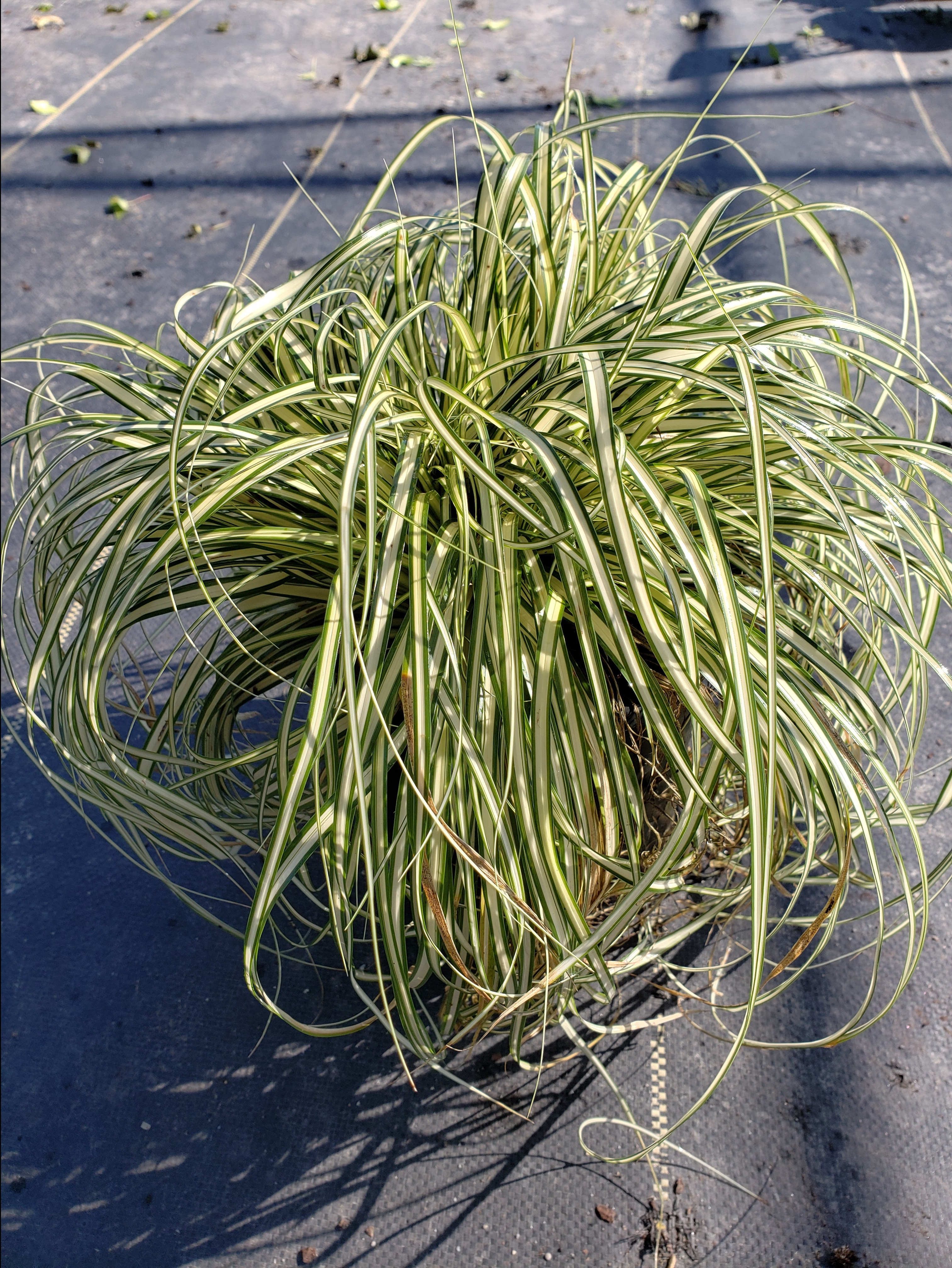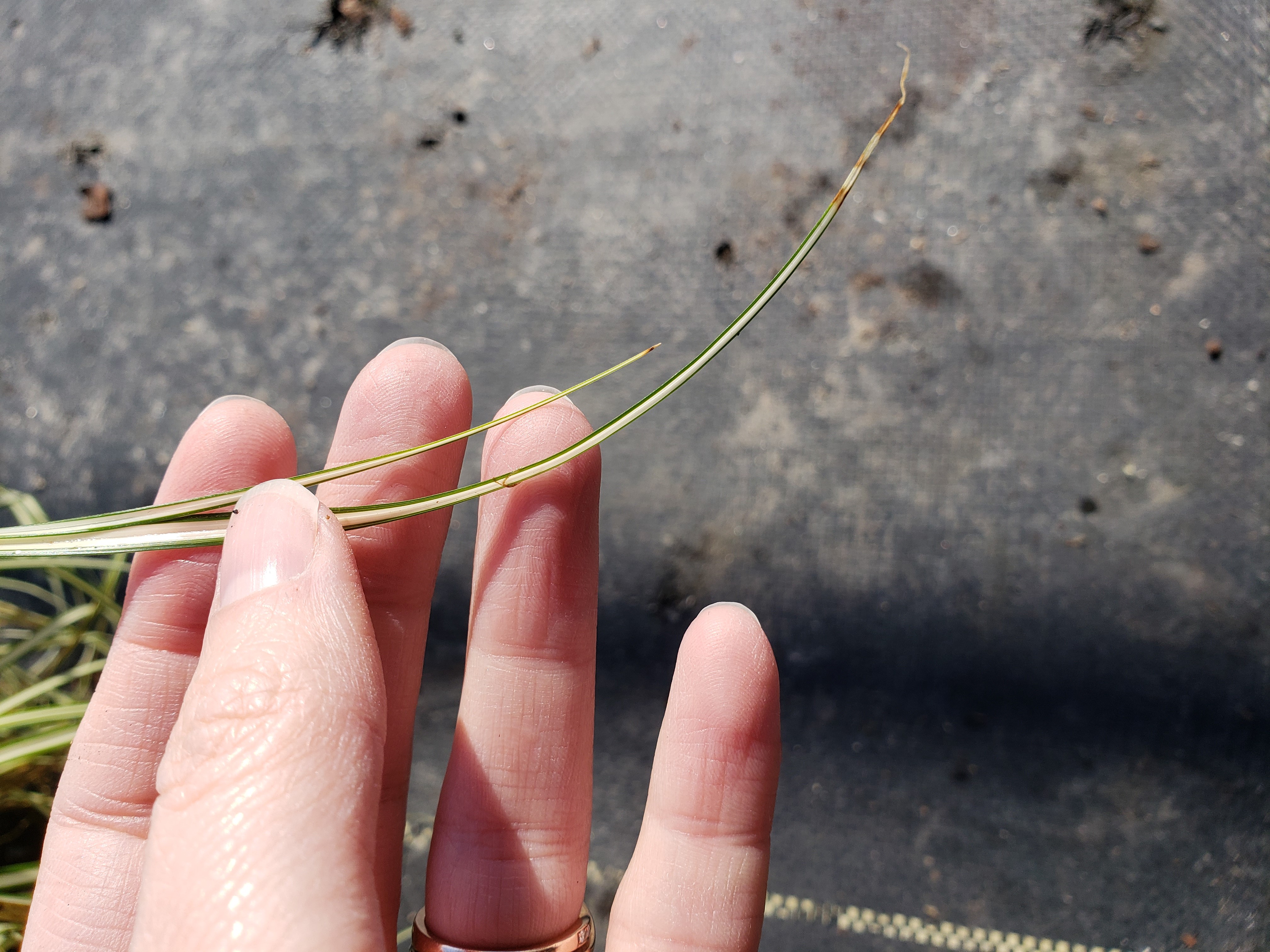
Photo credit: Maryann Debski
JCRA Photo Collection
Today our crews reviewed an interesting evergreen shrub, Cephalotaxus harringtonia, or the Japanese plum yew. Although it has a similar name and similar appearance, it is not the same thing as true yews, which are in the Taxus genus. These shrubs are much more tolerant of the hot, humid summers of the south than the English and Japanese Taxus species. They are also shade tolerant and deer resistant, so all they really need is some protection from drying winter winds and a well-drained site.
Japanese plum yews are highly valued for their deep green evergreen foliage and slow growth rate, meaning they are very low maintenance. It’s hard to name another evergreen shrub so versatile. Their graceful arching branches need not be pruned much at all, and there are several cultivars that exhibit specific growth habits for different applications, such as ‘Prostrata’ for a low, spreading shrub or ‘Fastigiata’ for an upright columnar shrub, great for low- to medium-height hedges. ‘Duke Gardens’ is another well-known cultivar, developed right here in NC at Sarah P. Duke Gardens in Durham (420 Anderson St, Durham, NC 27708). You can see the original plants in the Terraces above the koi pond. To see a collection of several different types of Cephalotaxus, visit the JC Raulston Arboretum at NC State (4415 Beryl Rd, Raleigh, NC 27606).
ID Tips
- The leaves are long, flat, and linear with pointed tips, arranged spirally around the stems, in two planes, forming a distinct V-shaped trough.
- On C. harringtonia ‘Fastigiata,’ rather than appearing in two flat planes, the leaves along the stem will show a bottlebrush effect, and will start small, and gradually get larger, then become small again and repeat.
- On the underside of the leaves, there are two grayish bands.
- These shrubs do not produce cones, but rather “arils” which are naked seeds, an evolutionary step between cones and actual fruit. There is a fleshy covering over the seed that is open at the bottom, and is shaped somewhat like an olive and is brown to reddish brown in color.
- The arils and leaves are toxic if ingested, but are safe to handle.

C. harr. ‘Fastigiata’ – Note the even bottlebrush distribution of leaves around the stem 
Note the gray stripes on the underside of the leaves – this is common to all Cephalotaxus and some other species 
Upright nature of C. harr. ‘Fastigiata’ 
C. harringtonia – Note the pinched effect of smaller and larger leaves 
Compare the flat plane of the foliage to the bottlebrush habit of C. harr. ‘Fastigiata’ above 
Much more spreading habit than C. harr. ‘Fastigiata’ 
Arils on C. harringtonia look like fruit, but are actually just open seeds with a fleshy covering.
Photo credit: Maryann Debski
JCRA Photo Collection

Photo credit: Mark Weathington
JCRA Photo Collection


